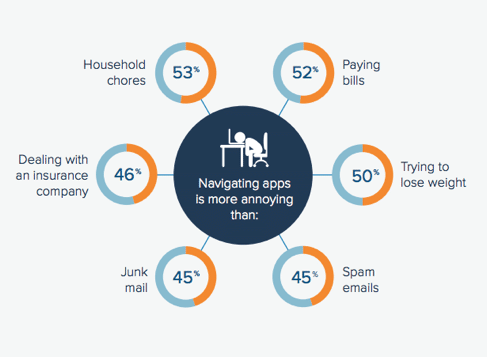For more than a half-century, the Private Branch eXchange (PBX) has been a centerpiece of business communications. A PBX is a phone switching system used to concentrate telephone lines or trunks, route intraoffice calls, and manage phone features.
PBXs were originally purchased by businesses to improve the efficiency and reduce the expense of calls made within an office. Prior to the PBX, a call made by an employee to a coworker sitting at a desk in the same office had to be routed the same way as a call to a customer across town.
It had to be routed from the employee’s desk phone to the telephone company’s central office (CO) — perhaps several miles away — and then back to the coworker’s desk phone. Businesses would incur phone charges for every call made — even for a call across the room! Ironically, today a PBX can be a “Pretty Big eXpense” for businesses, as many PBXs require a significant capital investment.
By the late 1990s, the first Internet Protocol (IP) PBXs were introduced, and by 2008 the overwhelming majority of new PBX installations were IP-based. IP PBX systems take advantage of packet-switched networks using Voice over IP (VoIP) technology.
One of the biggest advantages of VoIP technology (and IP PBXs) is that it enables businesses to use their Internet circuits (such as multiprotocol label switching, or MPLS) for both data and voice traffic.
Although an IP PBX has many advantages over a legacy TDM (time-division multiplexing) PBX, many of the same challenges exist, including cost, manageability, and flexibility. The most obvious outlays for an on-premises business communications system are the ones you can see and touch — the PBX hardware and the phones that connect to it.
At an average cost of $1,000 per employee, the PBX easily stands out as a big-ticket item.
However, once you begin to probe below the surface, you may be surprised to find that the hidden costs of an on-premises phone system are nontrivial, making your total cost of ownership (TCO) greater than your original expectations. In fact, the initial capital investment in an on-premises PBX is only the tip of the iceberg. Many costs of a typical on-premises phone system lurk below the murky surface.

A Cloud Communication and Collaboration solution completely changes not only the business communication paradigm but also the cost structure of both hard costs and soft costs. In fact, beyond eliminating the upfront expense of the PBX hardware, many long-term expenses simply disappear.
To find out how you can find hard cost savings, download your FREE Cloud Communications and Collaboration For Dummies® eBook here!
Originally published Apr 25, 2018, updated Jan 30, 2023





